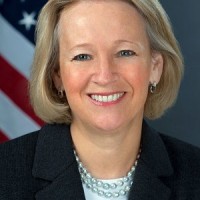Now that the election is over, political and business leaders in the United States are turning their attention toward the future. Of particular concern for financial professionals is the ongoing design and implementation of new federal regulations regarding corporate financial practices.
After President Obama officially begins his second term next year, it is widely expected that there will be a shakeup of key personnel, both within his cabinet and among the federal government’s various regulatory agencies.
Treasury Secretary Timothy Geithner has announced his intentions to leave office when the next term begins, while Mary Schapiro, head of the Securities and Exchange Commission, is also expected to resign.
Meanwhile, Federal Reserve Chairman Ben Bernanke’s term ends in January, 2014, potentially setting the stage for a wide-ranging debate about monetary policy and the role of the nation’s central bank.
The Wall Street Reform and Consumer Protection Act – commonly referred to as “Dodd-Frank,” in reference to its sponsors – looks set to remain the law of the land, with President Obama reelected and a Democratic majority returned to the Senate. However, the law has only been partially implemented, with many rules yet to be designed.
The New York Times reports that the U.S. Chamber of Commerce and other groups are “marshaling teams of lawyers” to file lawsuits against some of the reform act’s most contentious provisions.
Whatever lies ahead, firms will need fiscal expertise to adapt to conditions
As legal challenges focused on new regulations move forward, uncertainty about the future may rise precipitously before being brought down by court decisions. Alternatively, appeals or ambiguous rulings could amplify the confusion.
Recruitment firms can help businesses gain access to the expertise they need to move forward by adding qualified experts to their staff. Through a targeted financial professional search, corporate recruiters can aid companies in identifying, evaluating and selecting talented candidates for CFO jobs or other important positions.













